深度阅读
烈士暮年壮心不已:81岁的斯坦因来到喀布尔准备发掘巴米扬石窟
斯坦因爵士 Sir Marc Aurel Stein 1862 (Budapest, Hungary)—1943 (Kabul, Afganistan).晚年最大的愿望,是弥补他在阿富汗考察领域的空白。1943年,已81岁高龄的斯坦因在美国驻阿富汗公使Van Heinert Engert(1887—1985)的邀请下,于1943年从喀什出发,途径白沙瓦,10月19日抵达喀布尔,计划有组织发掘巴米扬遗迹。[1]
In 1943, at the age of 80, Stein embarked on his long-awaited expedition to Afghanistan, but died in Kabul a week after arriving.之所以加上这句英文,因为embarked on his long-awaited expedition to Afghanistan 这句话不知道是全球多少人的梦想!
10月21日,斯坦因在参观喀布尔博物馆时着凉,进而引发痼疾支气管炎,10月24日晚突然中风。1943年10月26日,斯坦因在美国公使馆中病逝。斯坦因去世后,就近葬于阿富汗喀布尔郊区的不列颠墓地。
斯坦因的绝笔论文《论亚历山大大帝进入伽德罗西亚的道路》,在英国《地理学学报》1943年11—12月号排印过程中以特殊方式嵌入。该文编者按语说道:“奥莱尔·斯坦因爵士于1943年8月5日从他在克什米尔的高山营地给本刊主编写的最后一封信中,答应要为本刊撰写这篇论文。而他于10月26日在喀布尔去世。10个星期后,本刊于1944年1月10日收到该论文。”
二战结束后,世界恢复平静,斯坦因遗嘱执行人和遗产托管人海伦·玛丽·阿伦(Helen Mary Allen,1872—1952)也为斯坦因补写了墓志铭,1945年春天,斯坦因墓碑在喀布尔镌刻完成。墓志铭全文如下:Mark Aurel Stein of the Indian Archaeological Survey scholar explorer author by his arduous journeys in India Chinese Turkestan Persia and Iraq. He enlarged the bounds of knowledge. Born at Budapest 26 November 1962. He became an English citizen in 1904. he died at Kabul 26 October 1943. A man greatly beloved。“印度考古局的马尔克·奥莱尔·斯坦因之墓。他是一位学者、探险家和作家。他通过自己在印度、中国、突厥斯坦、波斯和伊拉克的艰苦卓绝的旅行,扩展了人类的知识范围。他于1862年11月26日出生于布达佩斯,于1904年成为英国臣民,于1943年10月26日死于喀布尔。他是一位极受爱戴的人。”
[1]出自:1943年10月には、カシミールよりペシャーワルを経由してアフガニスタンのカーブルに到着、バーミヤーン遺跡を始めアフガニスタンを組織的に発掘することを計画したが、そこで病没した。
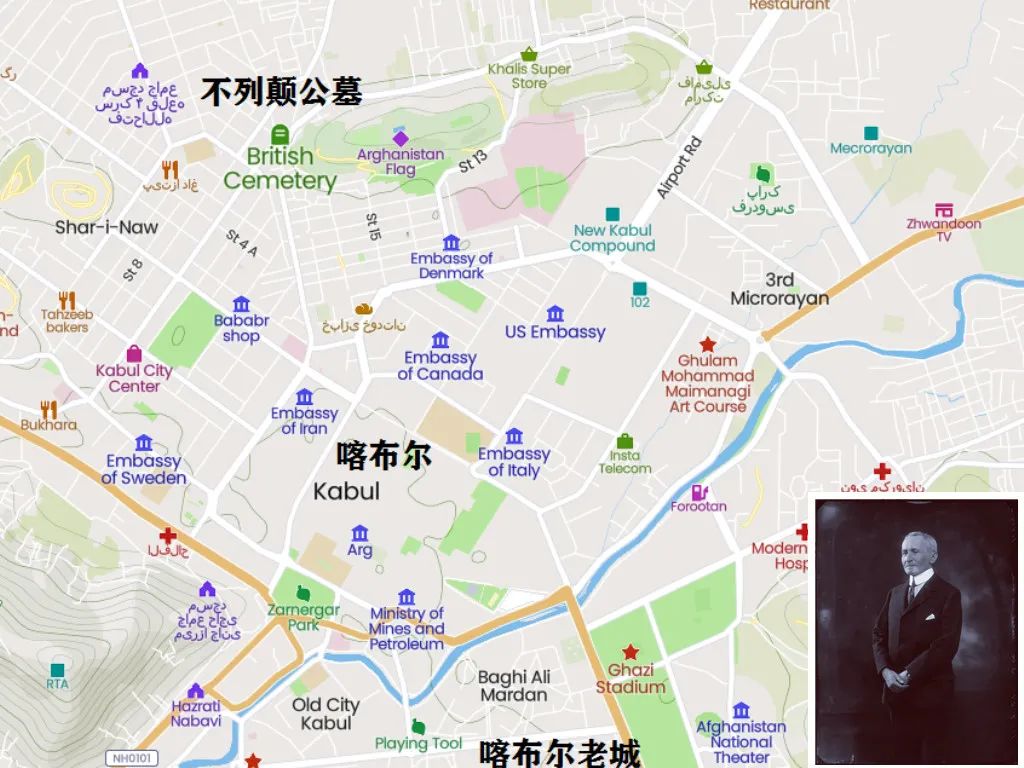
斯坦因爵士生于匈牙利布达佩斯,葬于阿富汗喀布尔的谢普尔公墓。谢普尔公墓又称不列颠公墓,位于喀布尔城北,距离机场6公里,车程仅10分钟,而昨日ISIS在喀布尔机场策划恐怖袭击,死伤200多人,这爆炸威力,斯坦因想必九泉之下都能炸醒。墓园大隐隐于市,在一堵高墙的保护下相当安全,一对阿富汗父子看守墓园,定时洒扫,接待访客。该地曾是英军营地和公墓,在1879年第二次英阿战争时期,谢普尔公墓保卫战在这里进行,墓园中的纪念碑和坟墓都是纪念那些在喀布尔历史上历次冲突中丧生的西方士兵,
Sherpur Cantonment, or the British Cemetery, is located in Kabul, Afghanistan. The place used to be a British military camp or Cantonment, the site of the 1879 Siege of the Sherpur Cantonment in the Second Anglo-Afghan War .It houses memorials and graves for many fallen western soldiers who fought in various conflicts throughout the history of Kabul. The cemetery is managed by an Afghan father and son. They maintain grounds and supervise visitors. The cemetery is safely enclosed in a tall, fortified wall, which is seemingly unassuming from the exterior.
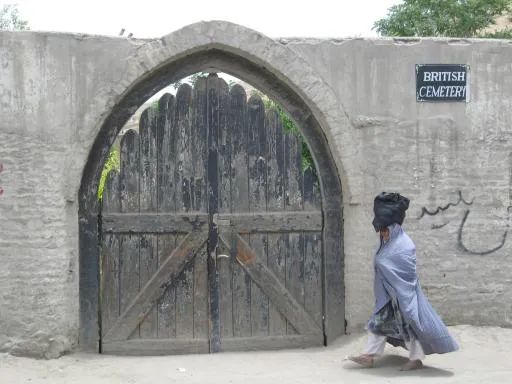
穿罩袍的妇女从墓园外面走过Cemetery gates outside - woman in burka
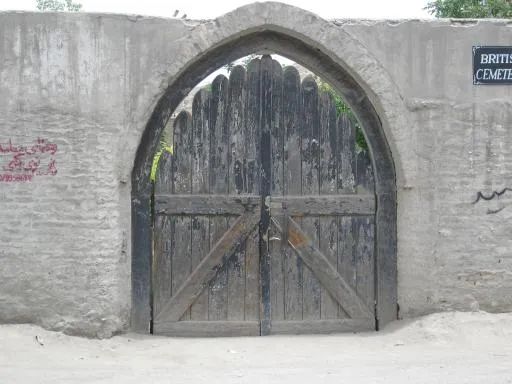
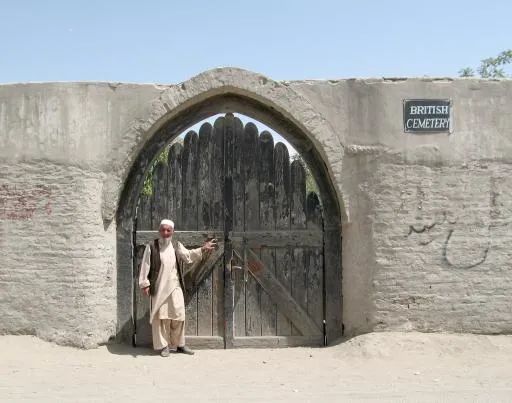
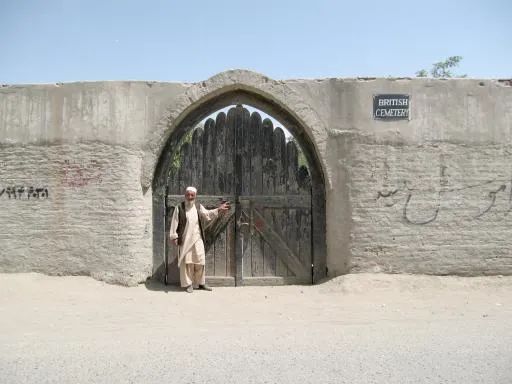
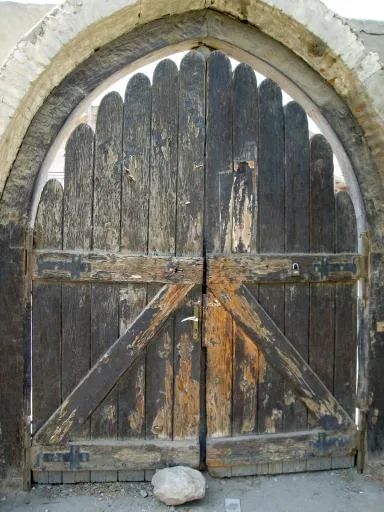
看门人 Rahimullah先生
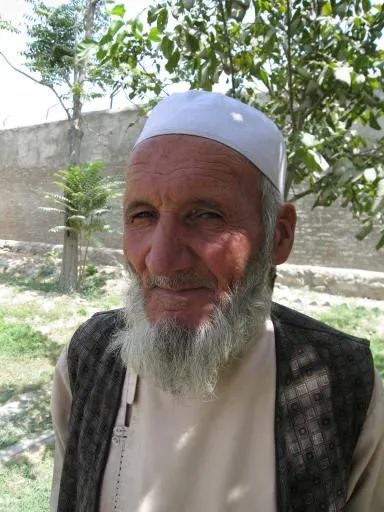
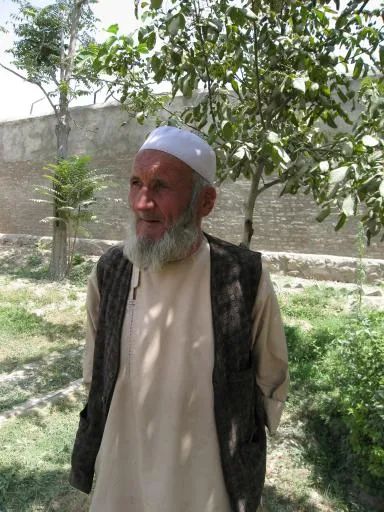
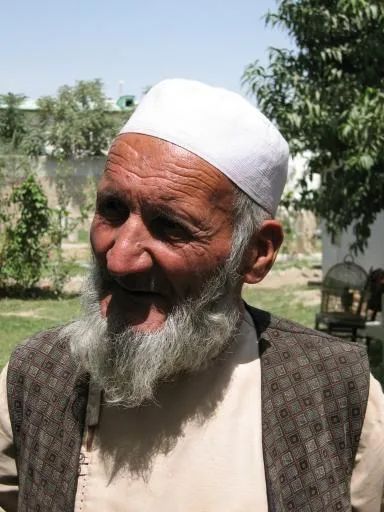
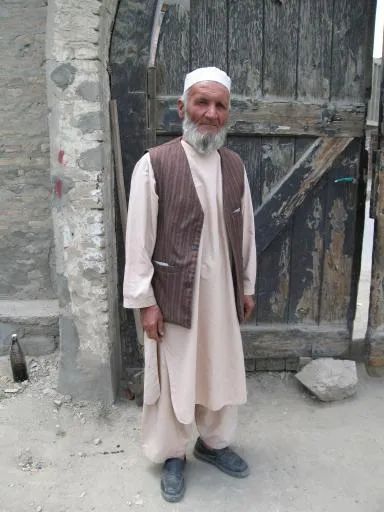
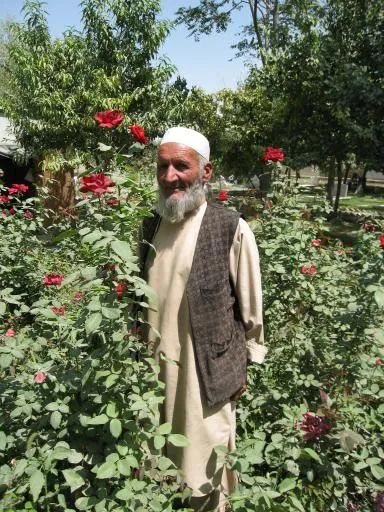
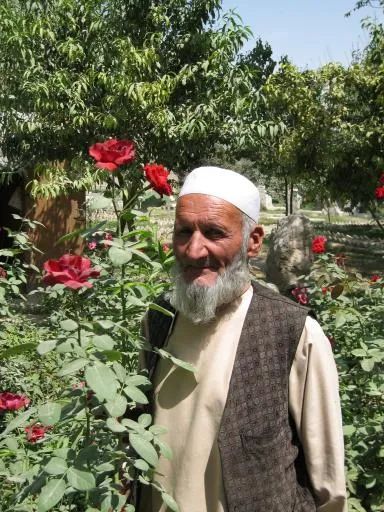
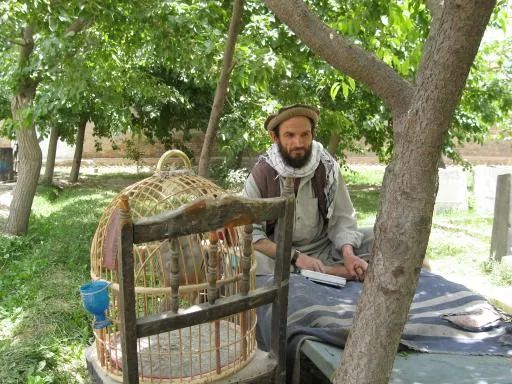
看守人亲戚
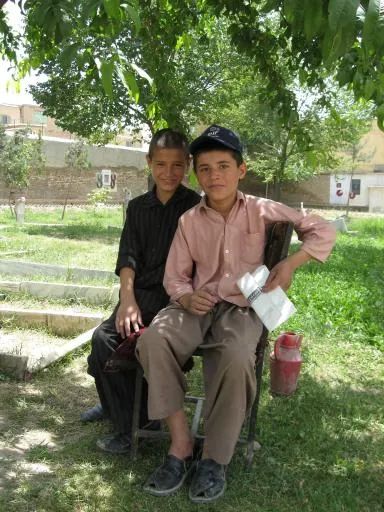
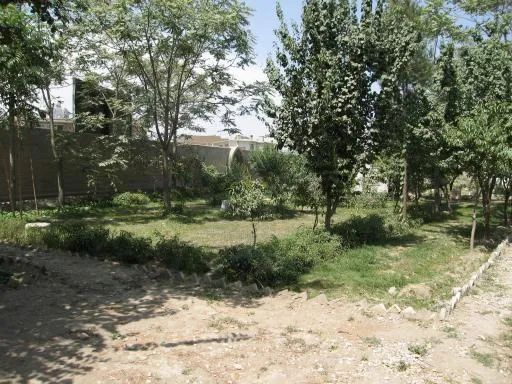
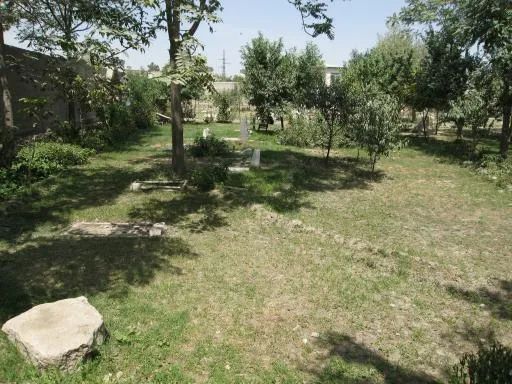
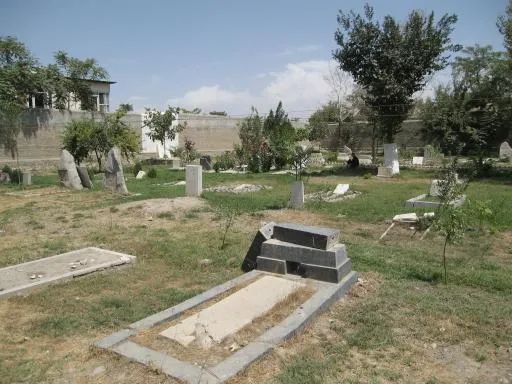
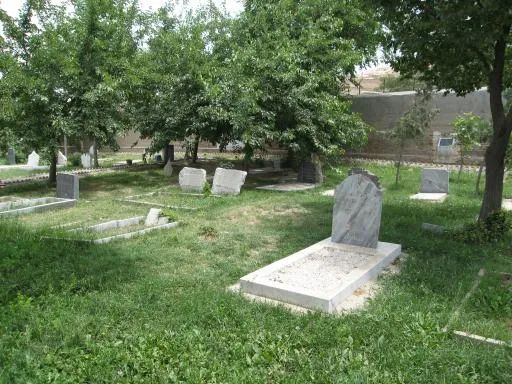
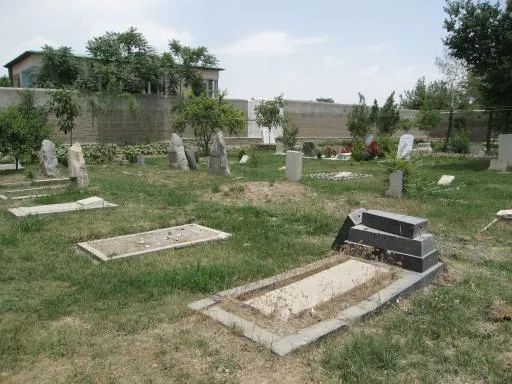
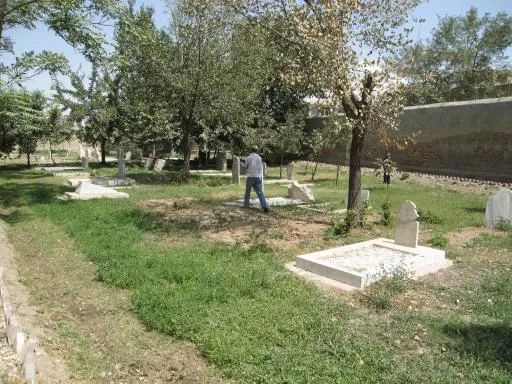
长眠于此的西方人墓碑密密麻麻,像高等代数里的矩阵,很多人甚至无名
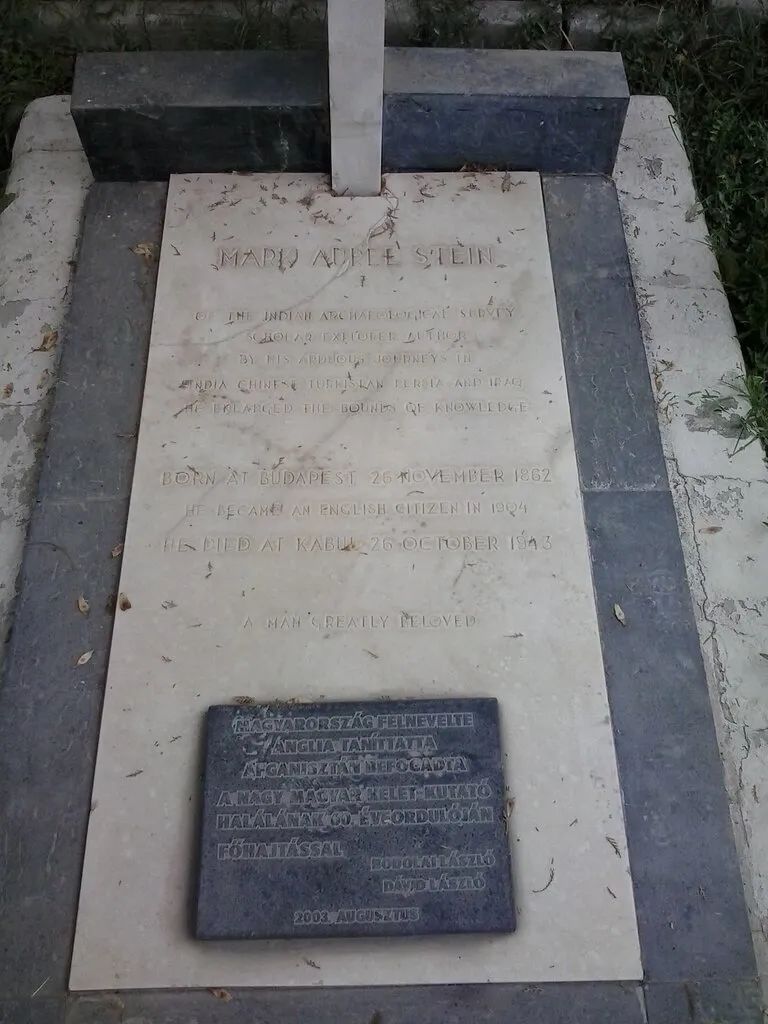
豪言“身居帐篷而统领世界”的斯坦因长眠于此,长眠于他生前渴望踏足的阿富汗
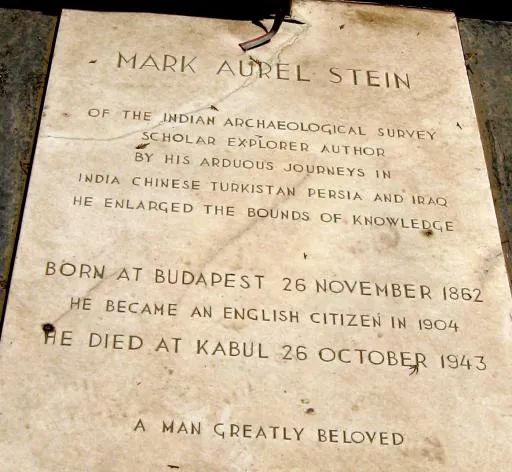
这个小小的、隆起的长方形包容着探险史上最伟大的人物中的一个
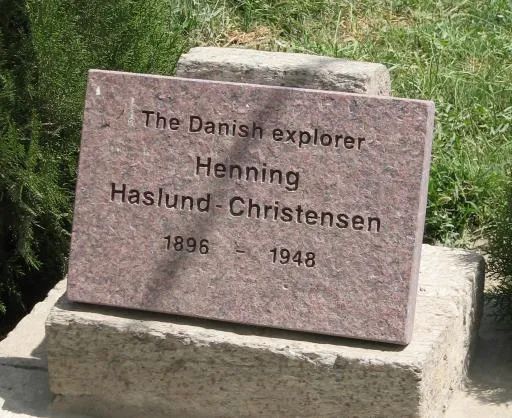
陪伴斯坦因的不仅仅是阵亡烈士,还有一位Henning Haslund-Christensen,一位丹麦旅行作家和人类学家,和斯坦因一样地不幸,他去阿富汗的探险活动还没怎么展开便遽然去世,在国内,了解此人的多是蒙古族,总体上没什么人知晓,鉴于哈士伦 克里斯滕森在近代和中国的一份不浅缘分,附传于下。
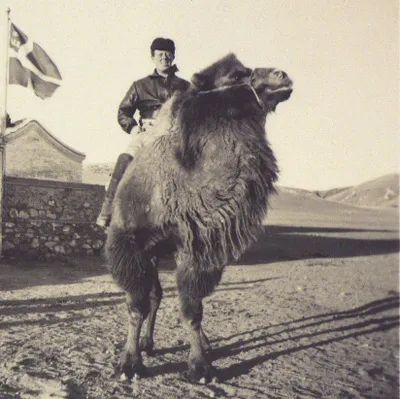
骑在骆驼上的哈士伦 克里斯滕森
亨宁.哈士伦.克里斯滕森 (1896年8月31日~1948年9月13日)出生于丹麦哥本哈根,毕业于哥本哈根Østersøgades 高中,后入军事学院,1918年任丹麦军队少尉,36岁那年,和瑞典皇家海军副官的一位女儿成婚。1948年因心脏病死于喀布尔。在1920年代早期,丹麦医生卡尔克尔伯斯在俄蒙边境蒙古侧开发拓殖,建立奶牛场,哈士伦役其事。一群人穿越中国和乌兰巴托,在库苏古尔乌梁海旗额登布尔干苏木安营扎寨,随着苏联对外蒙控制的加强,奶牛场项目告吹,哈士伦在20年代中期离开外蒙。
痴迷于蒙古人生活方式,出走外蒙古的哈士伦选择留在内蒙古,之后又参加了1927年斯文赫定率领的中瑞西北科考团。战后,哈士伦筹划第三次丹麦中亚探险队,为期六年。首次由人类学家 植物学家 地理学家 动物学家组成的探险队将在1948~49年工作两年。他将领导阿富汗境内东到努里斯坦,西至赫拉特的一切探险活动,这样对帕米尔东南地区和伊朗的科学认知大有裨益,1896~1897年Ole Olufsen、C. G. Feilberg1936年分别在这一地区探险过(两位都是丹麦)。不幸的是,哈士伦1948年的骤然离世导致探险队群龙无首,探险队成员恪尽职守完成各自工作。随后的1950年虽然任命了新的探险团团长,但日益不妙的政治局势使得探险团工作没有顺利达成目标。
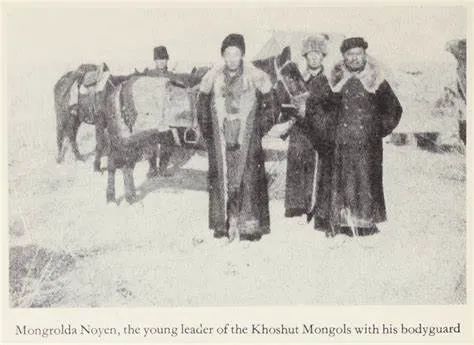
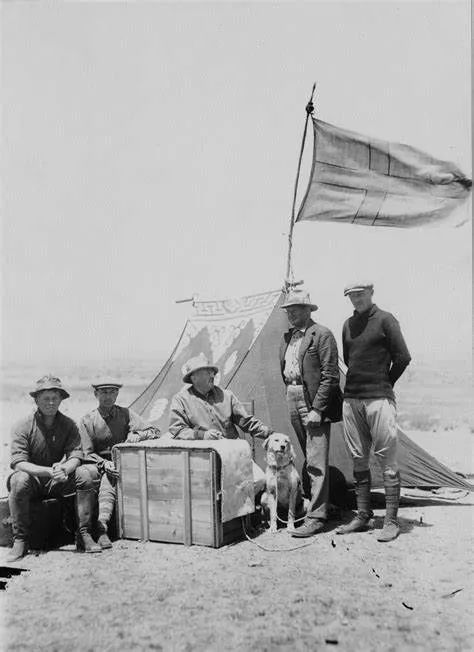
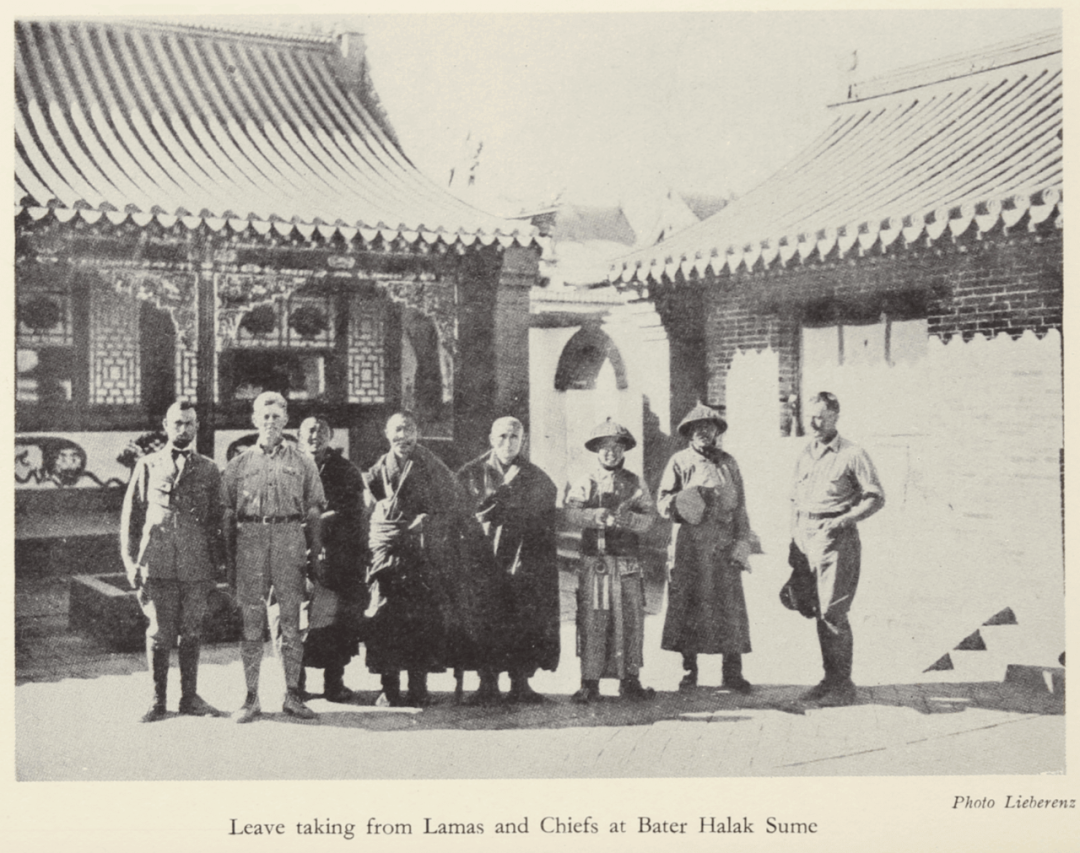
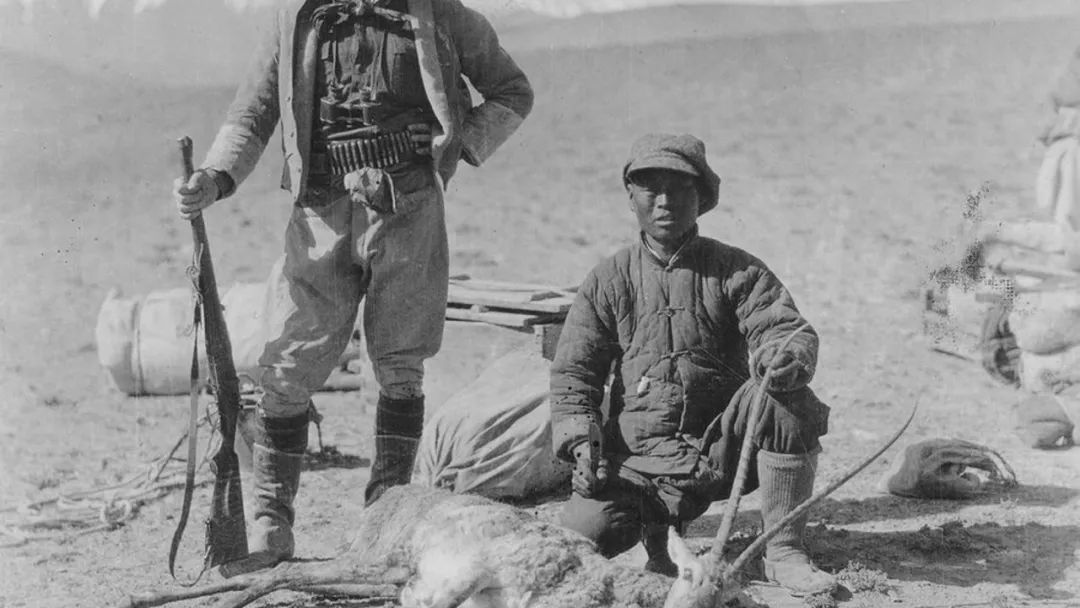
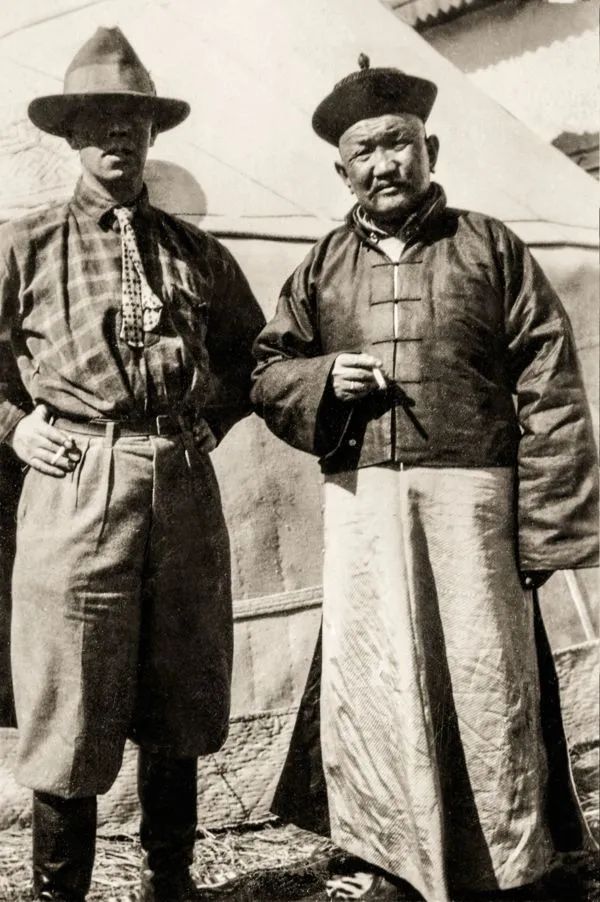
哈士伦在蒙古高原
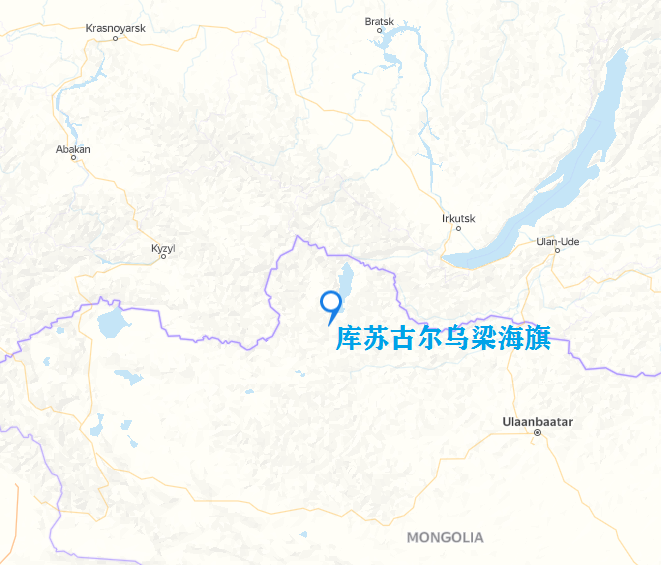
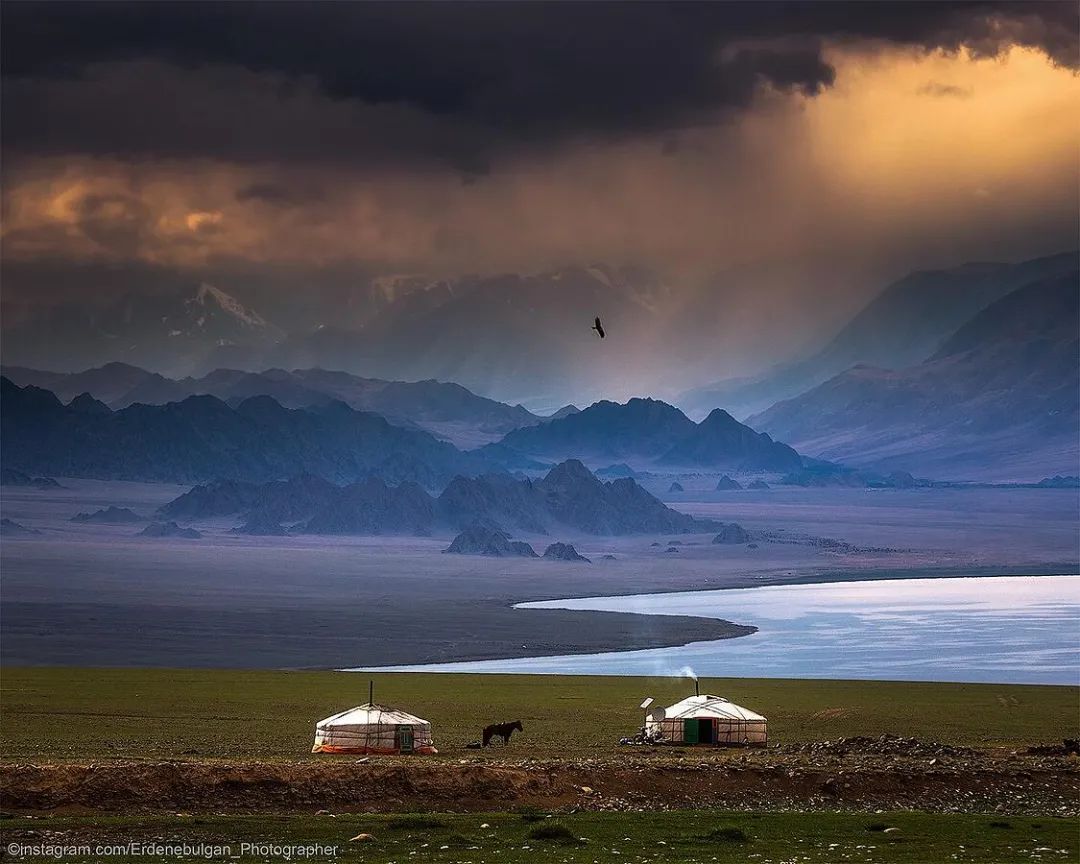

哈士伦一行准备办奶场的地方是外蒙古西北部的库苏古尔省的一个苏木 Sum of Khövsgöl aimag. Sum 苏木,相当于村镇, aimag相当于省,其地古属回鹘汗国,图为库苏古尔省。杨度曾作词:思得十万兵长驱西北边 饮酒乌梁海 策马乌拉山。
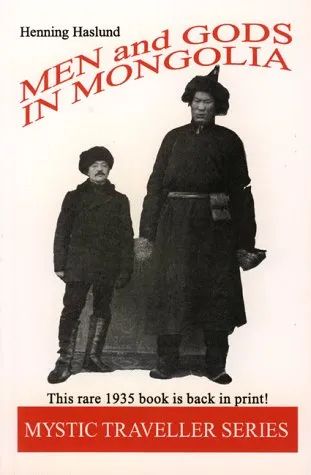
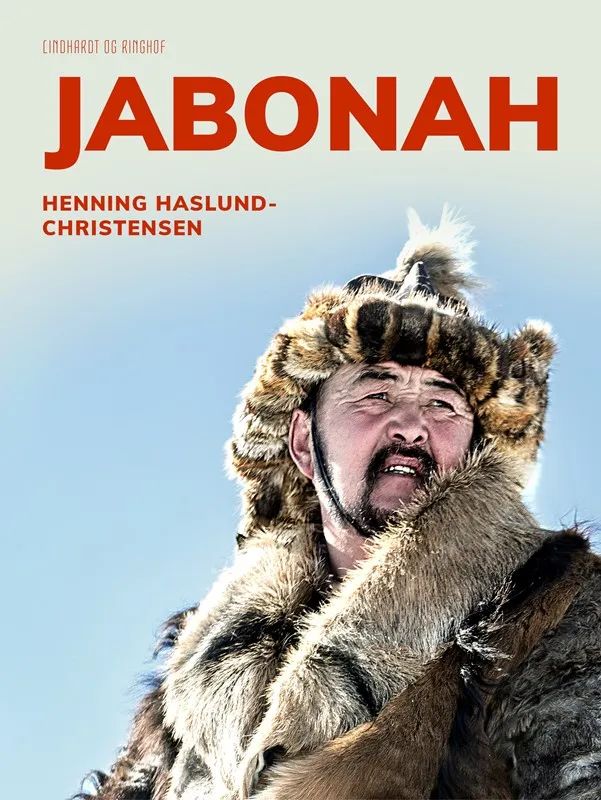
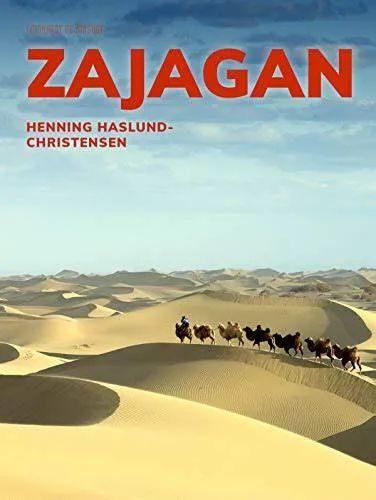
哈士伦著作,多数还没有中译本
Henning Haslund-Christensen (31 August 1896 – 13 September 1948) was a Danish travel writer and anthropologist.
He was born in Copenhagen on 31 August 1896, and graduated from the Østersøgades Gymnasium in Copenhagen. He enrolled at the Army Academy and in 1918 was appointed second lieutenant in the Danish Army. In 1932, he married Inga Margit Lindström, daughter of C.F.J. Lindström of the Royal Swedish Navy and an Adjutant to H.M. the King of Sweden. He died of heart failure in Kabul on 13 September 1948 .
In the early 1920s, Haslund joined a group led by a Danish physician named Carl Krebs, who aimed to establish a dairy farm in northern Mongolia, close to the Russian border. They travelled via China and Ulaanbaatar, and established themselves in what is today Erdenebulgan sum in Khövsgöl province. However, the dairy farm project failed due to Mongolia coming under stronger Soviet influence, and Haslund left Outer Mongolia in the mid-1920s.
Fascinated by the Mongol way of life, Haslund remained in Inner Mongolia for the following years, e.g. joining Sven Hedin for the Sino-Swedish Scientific Expedition of the late 1920s.
After the war, Haslund organised and led the Third Danish Expedition to Central Asia, which lasted six years. A first team, consisting of anthropologists, botanists, geographers, and zoologists would work during 1948 and 1949 in Afghanistan, from Nuristan in the east to Herat in the west, under his leadership. This would extend scientific knowledge to the south-east of the Pamirs and Iran explored respectively by Ole Olufsen in 1896-7 and C. G. Feilberg in 1936. Unfortunately, Haslund's death in 1948 left the Expedition leaderless and the expedition members finished their work as best they could. A new leader was appointed in 1950 but the rest of the plan for the expedition was never accomplished due to the political situation from 1950 onwards.
Publications
Tents in Mongolia (Yabonah): Adventures and Experiences Among the Nomads of Central Asia, by Henning Haslund-Christensen; Elizabeth Sprigge; Claude Napier. New York: E.P. Dutton & Co., [1934] (later also reprinted under the title In Secret Mongolia)
Men and Gods in Mongolia (Zayagan), by Henning Haslund-Christensen; Elizabeth Sprigge; Claude Napier. New York: E.P. Dutton & co., [1935]
The Music of the Mongols: Part I, Eastern Mongolia. 7. by Henning Haslund-Christensen. Stockholm: Tryckeri aktiebolaget Thule, 1943.
Mongol Costumes: Researches on the Garments Collected by the First and Second Danish Central Asian Expeditions under the Leadership of Henning Haslund-Christensen, 1936-37 and 1938-39, by Henny Harald Hansen. København: I kommission hos Gyldendal, 1950.
Mongolian Journey, by Henning Haslund-Christensen. London: Routledge & K. Paul, [1949].

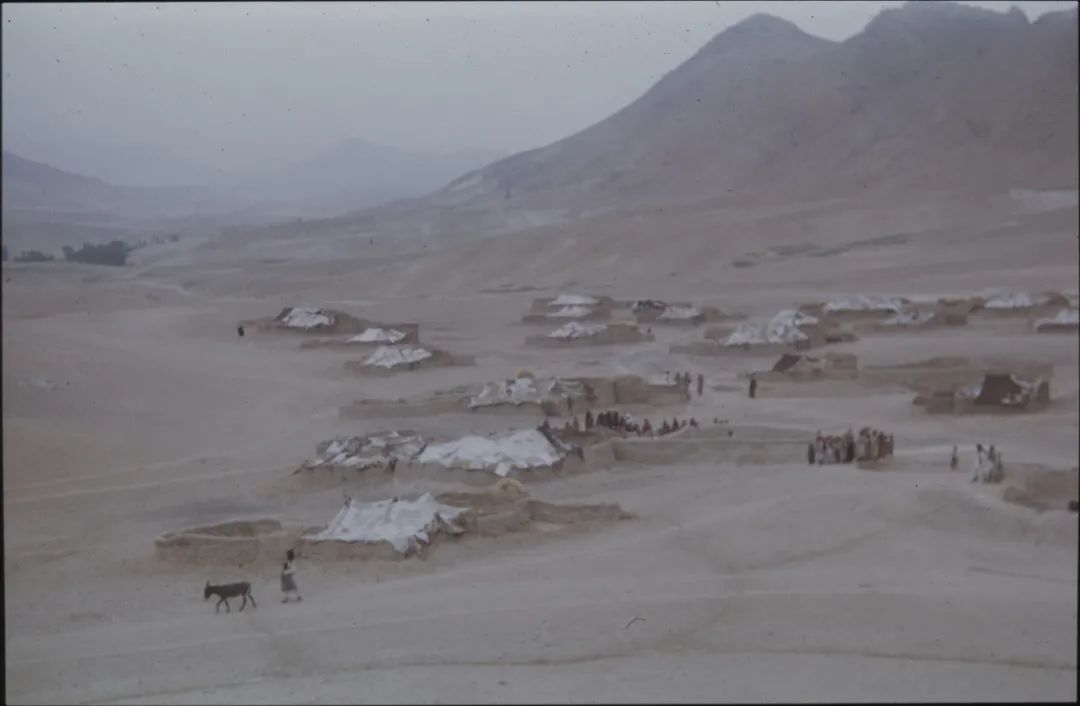
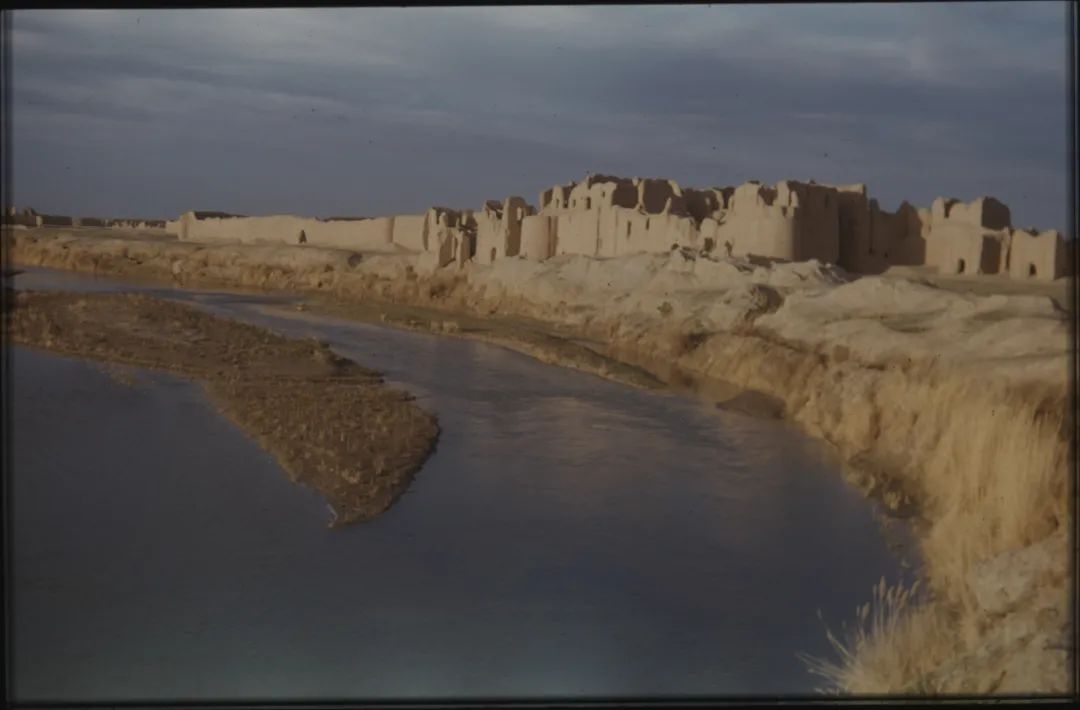
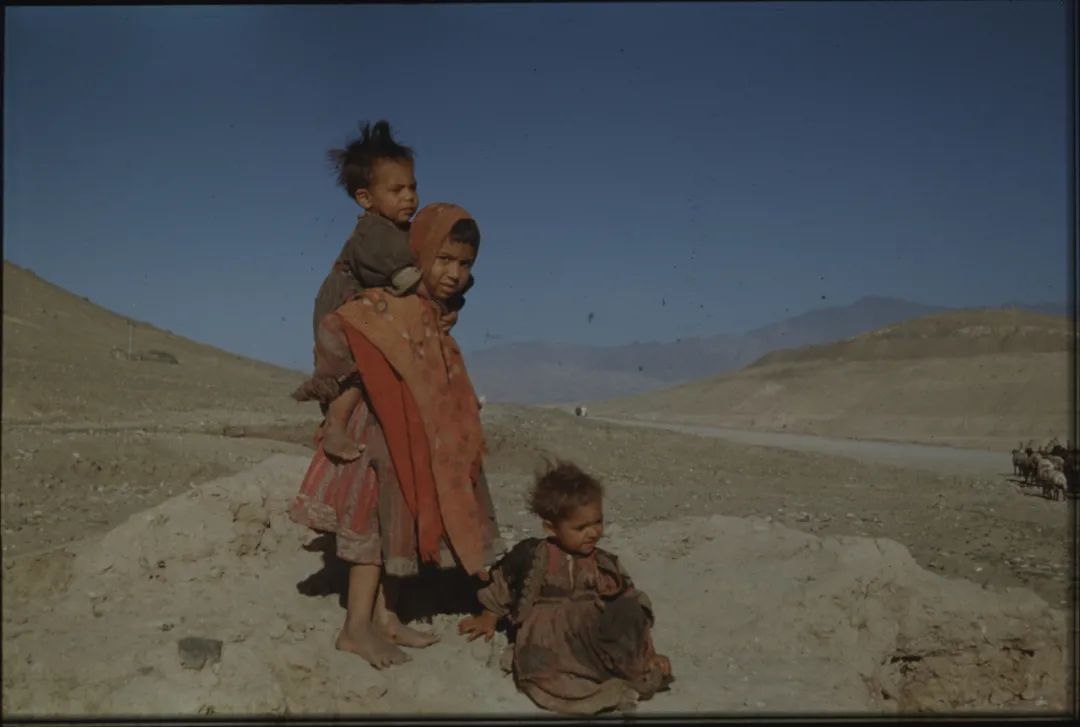
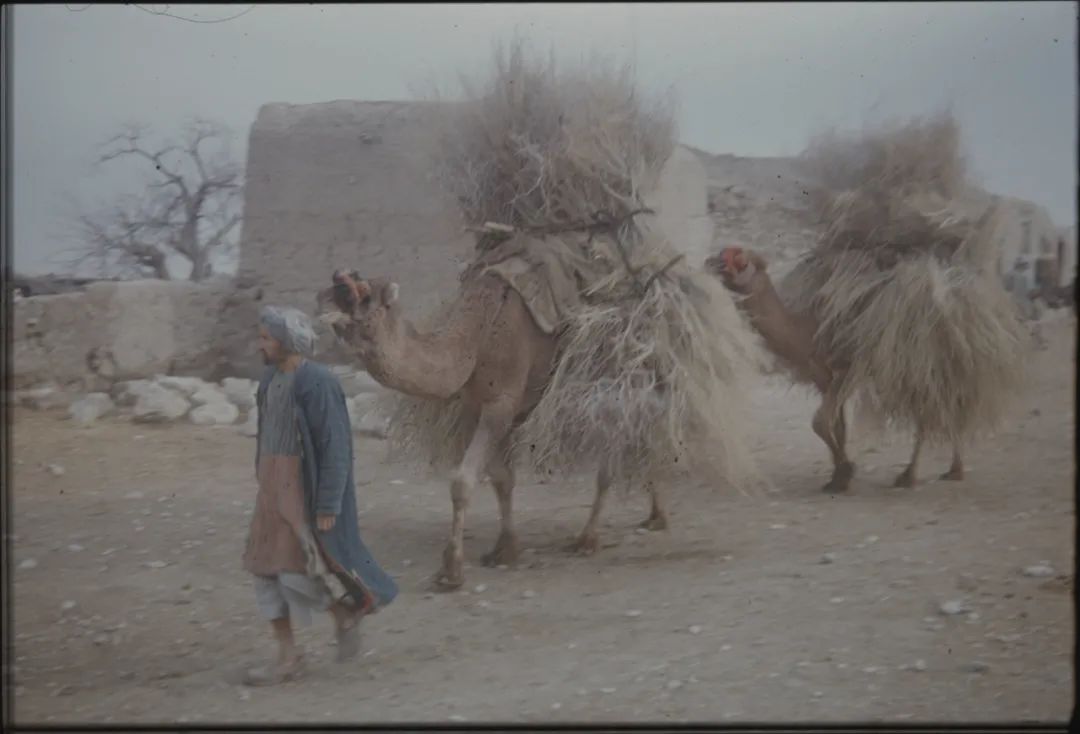
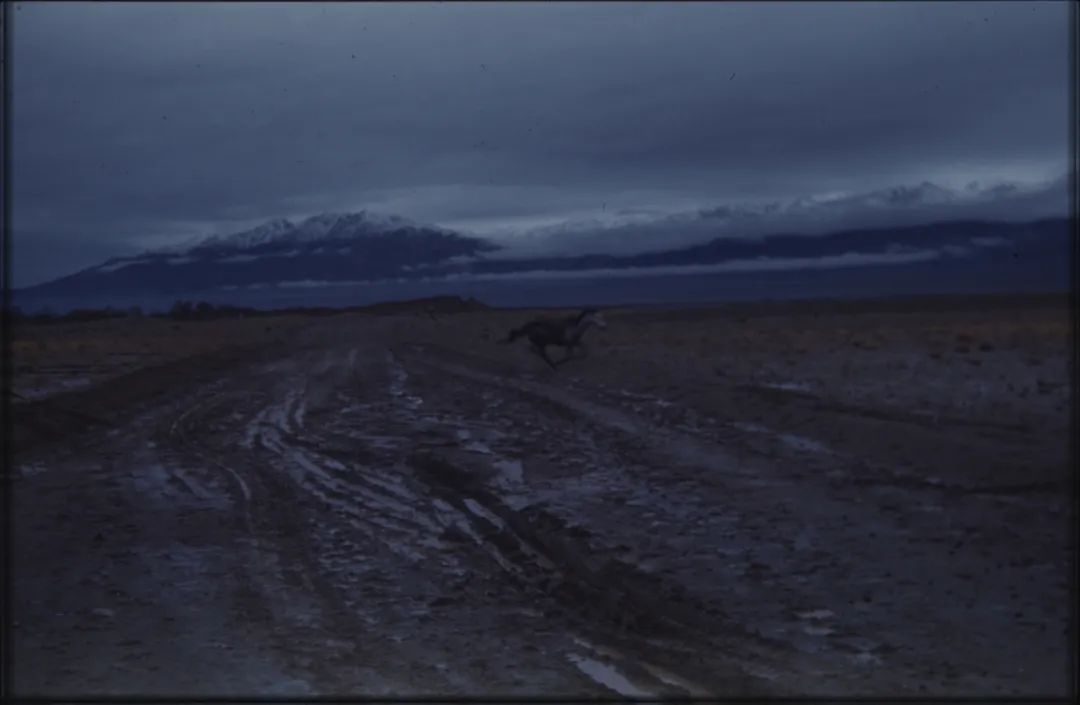
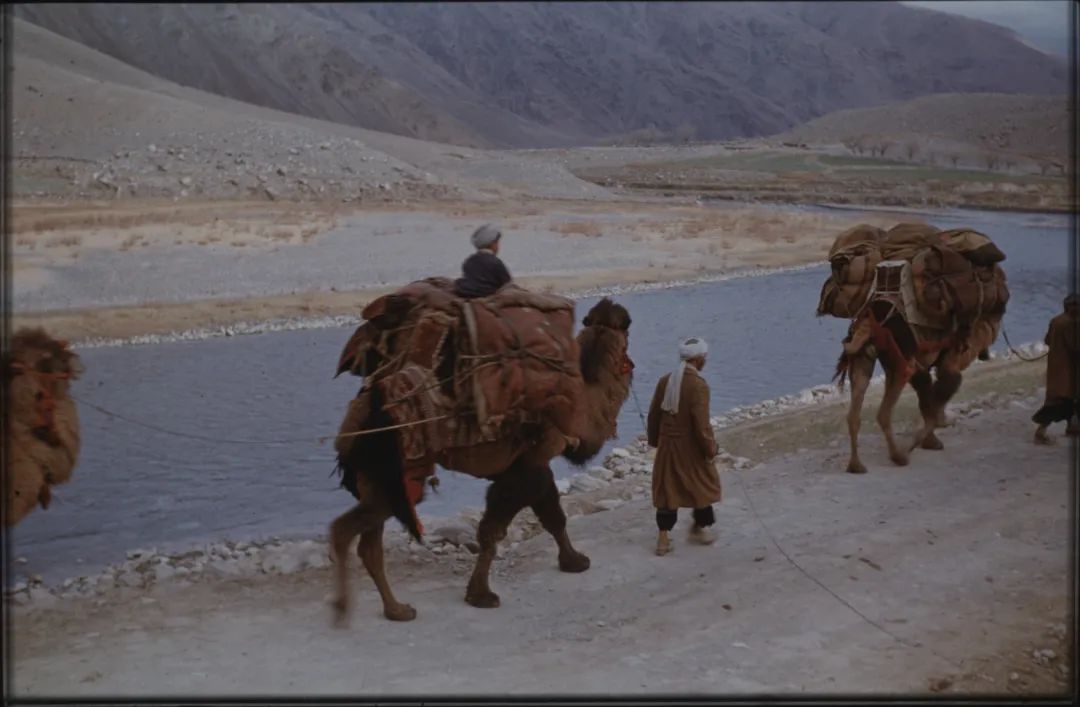
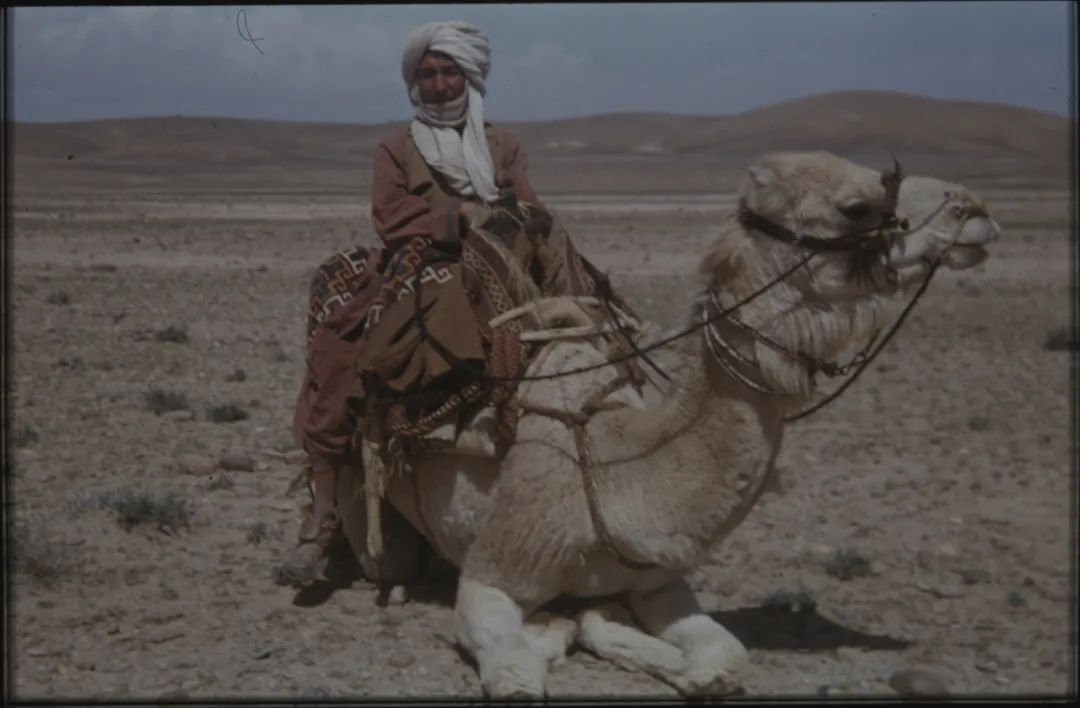
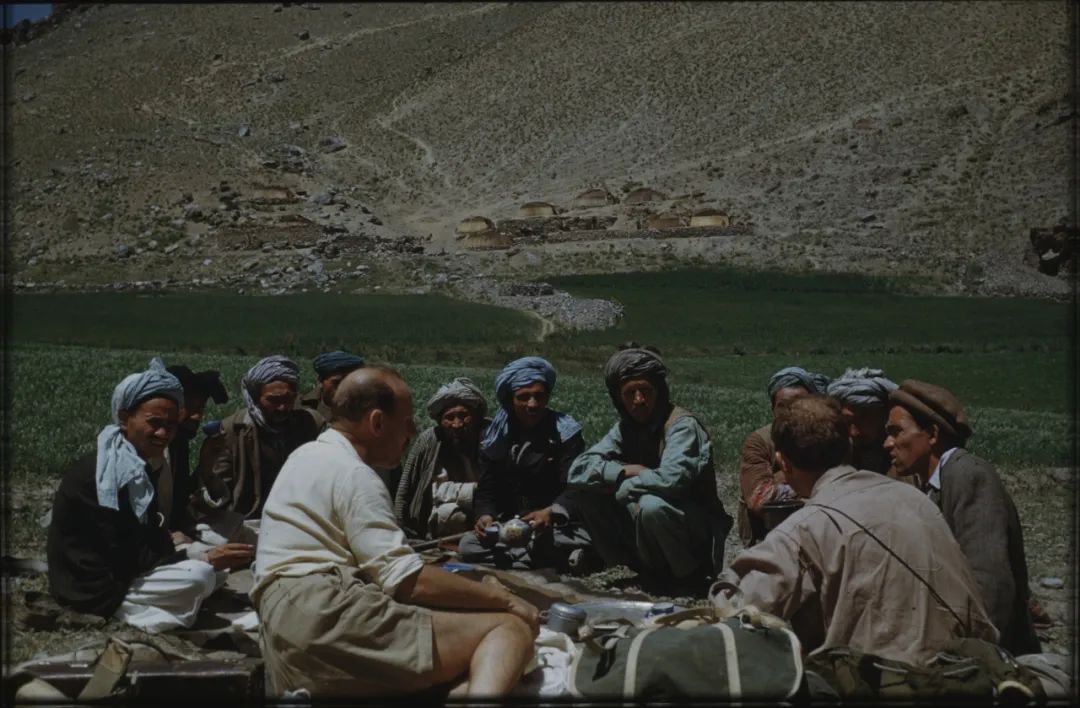
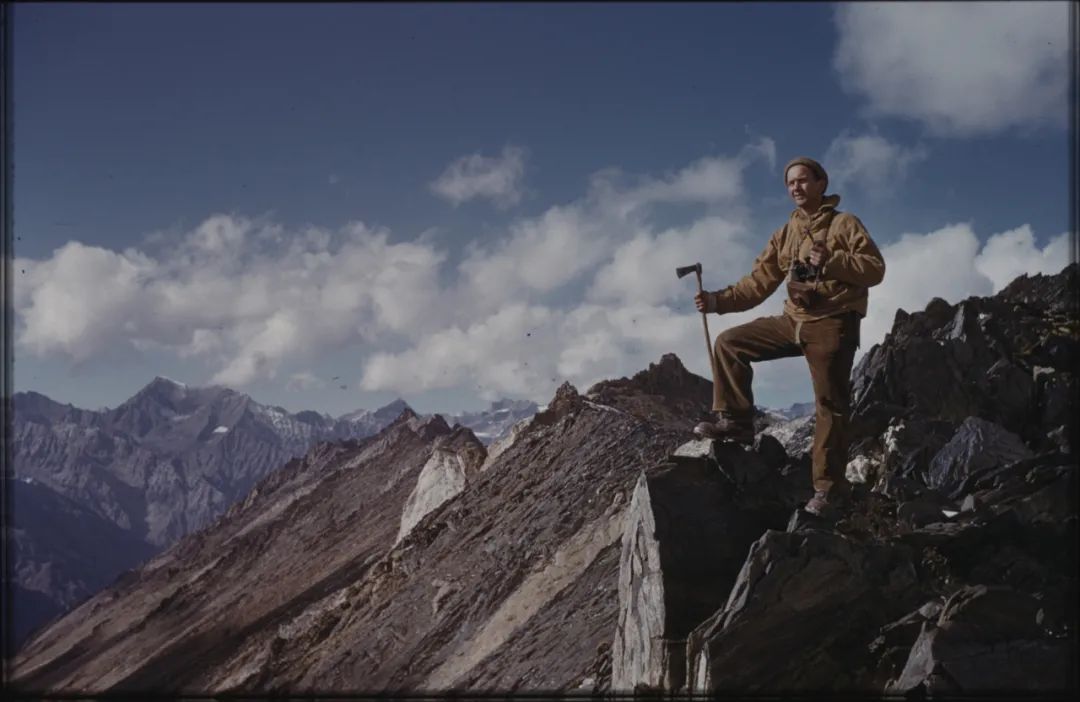
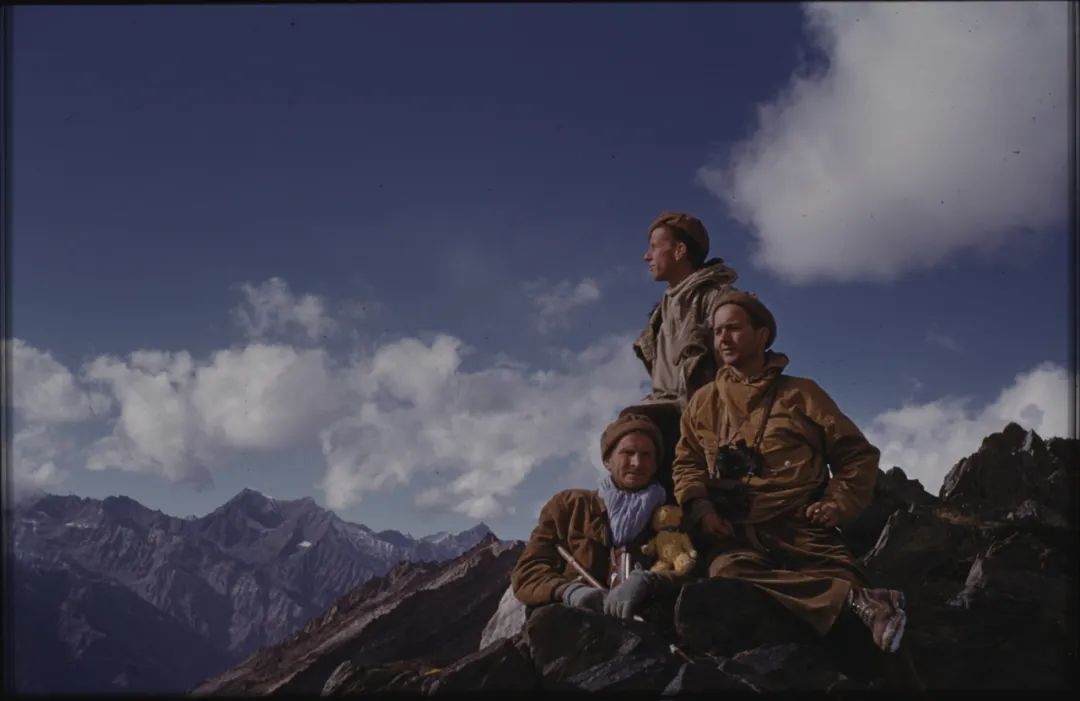
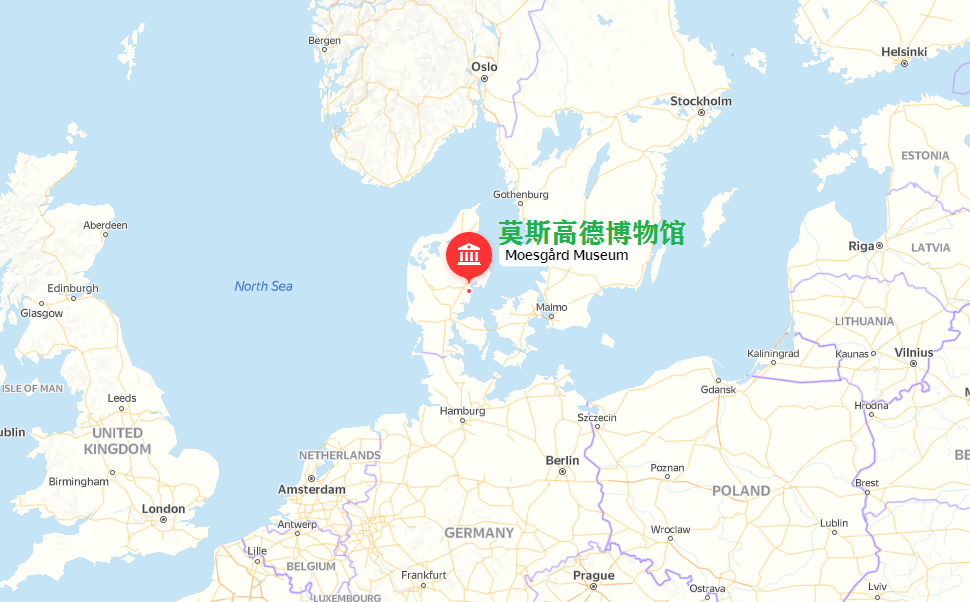
哈士伦病殁喀布尔后,1953~1955年丹麦还组织了“纪念哈士伦考察团”赴阿富汗多学科联合科考,收集了大量阿富汗文物,收藏于莫斯高德博物馆Moesgaard useum,在阿富汗收藏品方面 这家博物馆在世界都是首屈一指的,上面多幅彩照都是丹麦在阿富汗科考时照片,后精心修复。在哪个从前慢的时代,斯坦因在阿富汗看到的也是这样的风景吧,斯坦因在其一生都渴慕踏访的阿富汗实际只度过了六天时间,然而冒着八旬高龄,毅然追逐心中的梦,这六天也是光辉的岁月,曹操的《龟虽寿》用来形容斯坦因实在再贴切不过:老骥伏枥 志在千里 烈士暮年 壮心不已,致敬。
相关图片来源:
http://www.scotfot.com/BritishCemeteryWebsite/slides/MC005704.html
https://www.moesmus-afghanistan.dk/?p=3096
相关阅读:
丹麦——收藏蒙古文物最多的国家
丹麦著名蒙古文物收藏家亨宁·哈士纶
丹麦人类学家亨宁·哈士伦在1936年录制333首蒙古民歌
蒙古音乐的美好远超想象
蒙古的人和神(1927年):魔术师之舞
蒙古的人和神(1927年):札雅
蒙古的人和神(1927年):竹尔罗斯喇嘛
蒙古的人和神(1927年):诸神之舞
相关书籍:
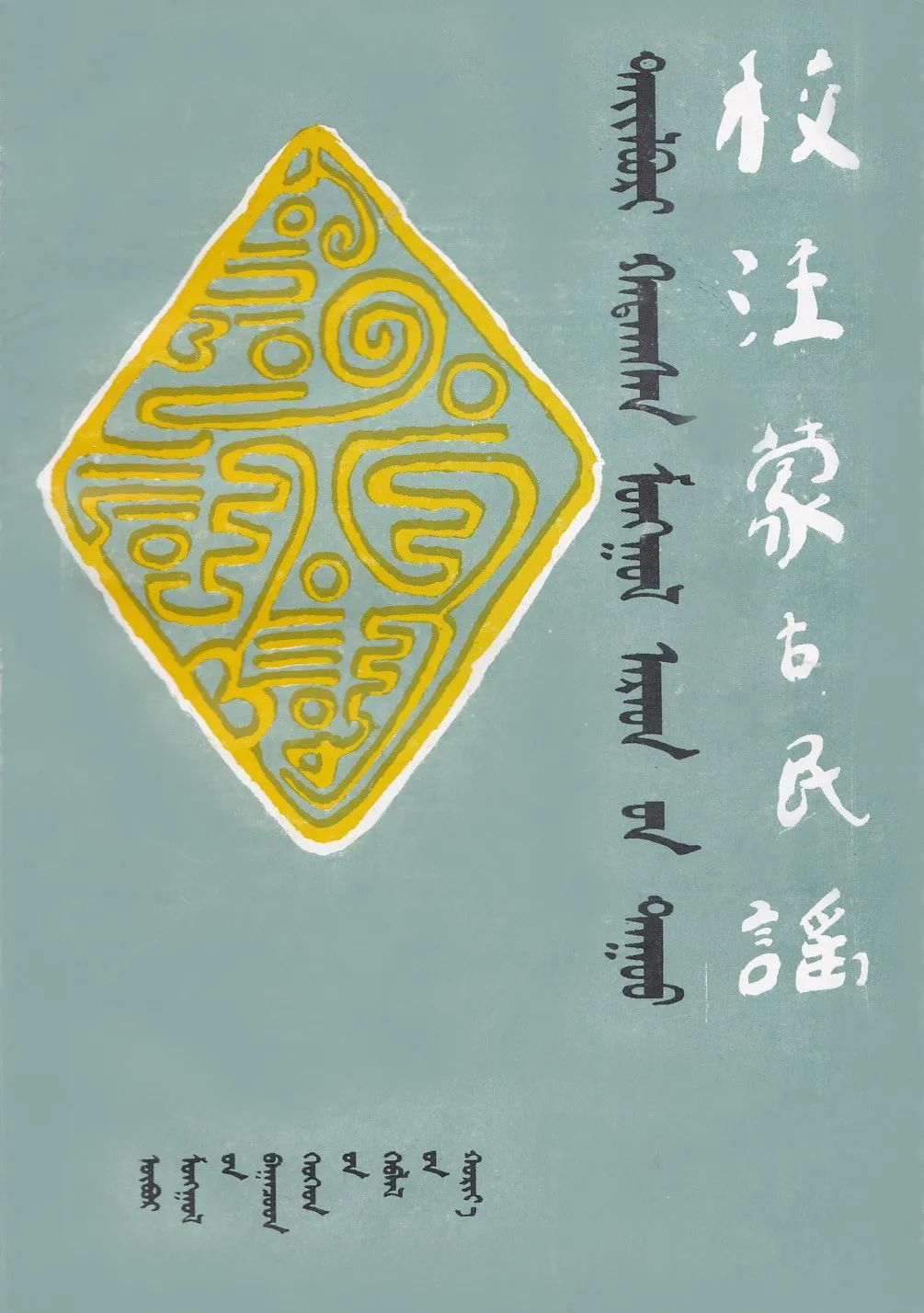
相关电影:

电影名:《伟大的游戏 》又译《父与子》。这部纪录片由丹麦安德烈斯·达尔斯加德导演,迈克·哈士伦-克里斯滕森制作,片中主人公正是制片人迈克的爷爷——亨宁·哈士伦-克里斯腾森,也就是葬在喀布尔不列颠公墓的丹麦探险家。
影片使用了近100年的珍贵影像资料,包括国际档案以及1927年以来由哈士伦-克里斯滕森家族在蒙古和中亚拍摄的私人录像。亨宁·哈士伦-克里斯腾森于20世纪20-30年代在蒙古的探险考察极大地增进了丹麦对蒙古的了解,为两国建交奠定了坚实的基础。他在考察期间收集的资料可谓是世界上最大规模的蒙古民族志之一,对于国际人类学研究具有重要的价值。
